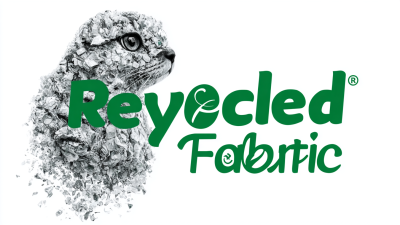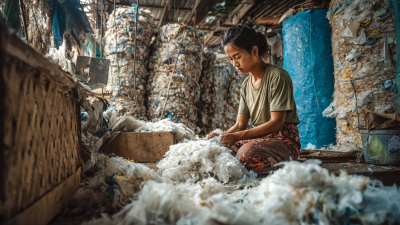The fashion industry is facing an urgent need for sustainable practices, with the Global Fashion Agenda reporting that the sector accounts for 10% of global carbon emissions and is responsible for substantial water usage and waste generation. In this context, Rpet Fabric, made from recycled PET plastic bottles, emerges as a viable solution for transforming traditional textile manufacturing into more eco-friendly processes. According to a recent study by the Ellen MacArthur Foundation, using recycled materials like Rpet can reduce greenhouse gas emissions by up to 50% compared to virgin polyester production. This not only conserves resources but also addresses the growing consumer demand for sustainability in fashion. As brands increasingly recognize the importance of sustainability, innovative uses of Rpet Fabric offer a pathway to reimagining fashion, ensuring that it is not only stylish but also kind to the planet.
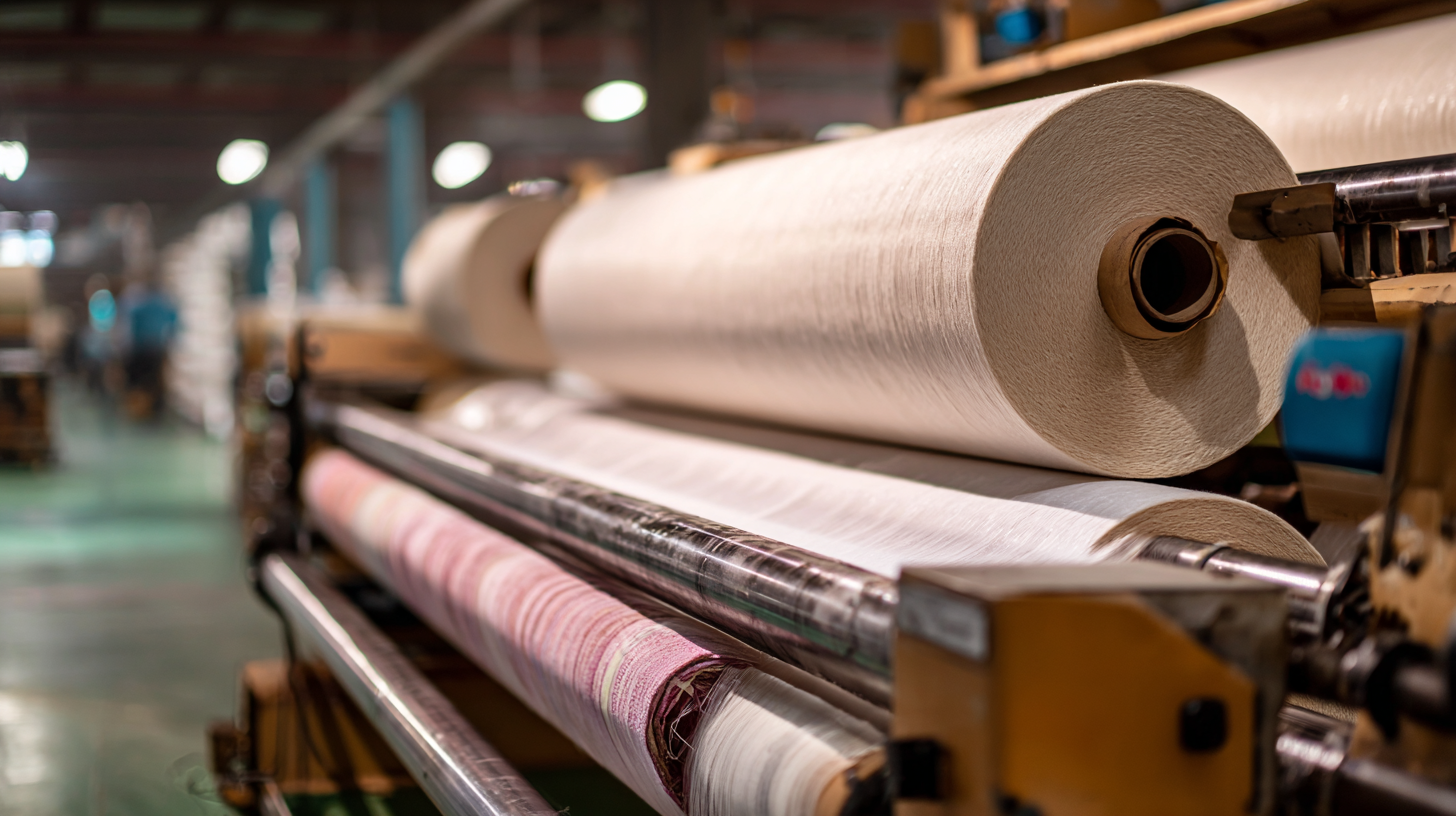
The market for rPET fabric is experiencing significant growth as the fashion industry increasingly embraces sustainability. Recycled polyethylene terephthalate (rPET), derived from post-consumer plastic bottles, offers a viable solution to reduce waste and reliance on virgin materials. This transition is not just about environmental responsibility; it is also driven by consumer demand for transparent and ethical fashion choices. As more brands adopt rPET in their collections, they contribute to a circular economy while appealing to environmentally conscious consumers.
Moreover, the versatility and durability of rPET fabric make it an attractive option for various fashion innovations. Designers are experimenting with this material in diverse applications, from activewear to high-fashion garments, pushing the boundaries of sustainable textile development. The rising awareness of environmental issues and the growing preference for eco-friendly products are further propelling the market forward. This trajectory not only highlights the pivotal role of rPET in future fashion trends but also signifies a broader shift towards a more sustainable and responsible industry.
Designing with RPET
(recycled polyethylene terephthalate) fabric offers a sustainable approach to fashion innovation, emphasizing eco-friendliness without compromising on style. One key technique for incorporating RPET into fashion design is utilizing circular design principles. This involves creating garments that not only utilize recycled materials but also focus on the product's end-of-life. Designers can incorporate modular pieces that encourage consumers to mix and match, thereby extending the garment's lifespan and reducing waste.
Another technique is innovative pattern making and fabric manipulation. By exploring new ways to cut and sew with RPET fabric, designers can create unique textures and silhouettes that stand out in the market. Techniques such as laser cutting can produce intricate designs whilst minimizing fabric waste, enhancing both aesthetic appeal and sustainability. Furthermore, collaborating with technology and textile engineers can lead to the development of new RPET blends that offer improved performance, durability, and comfort, making sustainable fashion even more appealing to consumers. This holistic approach not only addresses environmental concerns but also paves the way for forward-thinking fashion that resonates with contemporary values.
As the fashion industry grapples with sustainability challenges, the demand for eco-friendly innovations has soared, particularly in the realm of recycled materials like RPET (recycled polyethylene terephthalate). A report from Allied Market Research predicts that the global recycled textile market will reach $5.8 billion by 2027, driven by growing consumer awareness and advocacy for environmentally responsible products. This shift reflects a significant change in consumer preferences, where 58% of shoppers are more likely to buy from brands that are committed to sustainability.
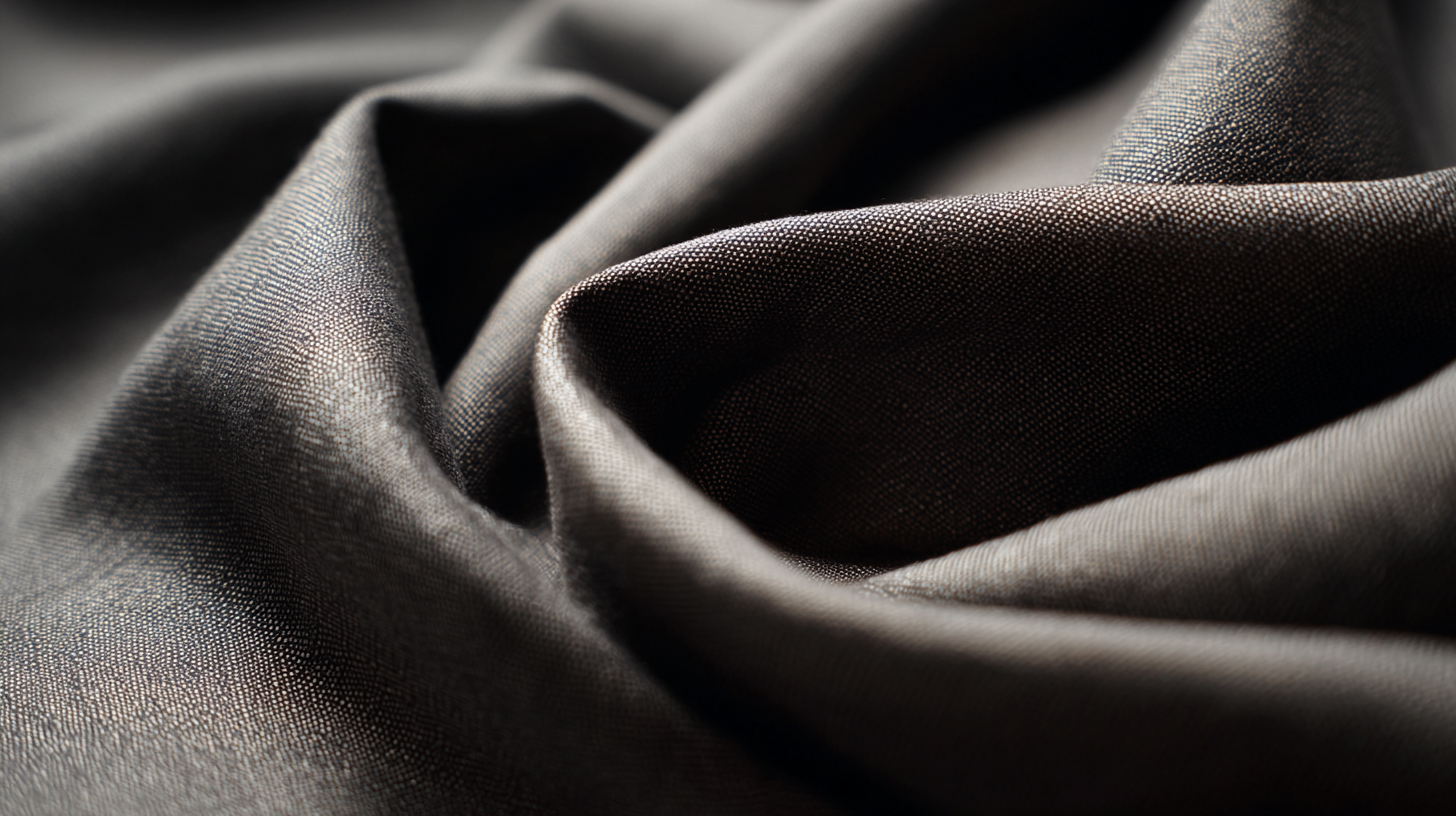
The appeal of RPET fabric lies not just in its eco-friendliness but also in its versatility and performance. According to a 2021 study by McKinsey & Company, brands that incorporate sustainable practices, such as using RPET, are witnessing a competitive advantage, with 67% of consumers willing to pay more for sustainable fashion. Moreover, the rise of digital platforms has empowered consumers to make informed choices while actively seeking brands that align with their values. As awareness regarding the environmental impact of fashion continues to grow, RPET serves as a perfect example of how brands can innovate and meet the demand for sustainability, ultimately reshaping the future of fashion.
The environmental impact of RPET fabric compared to traditional materials is a pressing topic in the sustainable fashion industry. Recent assessments reveal that recycling plastic waste can reduce carbon emissions by up to 42% when compared to conventional plastic production. This significant reduction underscores the importance of shifting towards recycled materials like RPET, which not only utilizes existing waste but also helps in curbing the demand for virgin plastics.
To further drive the transition to sustainable fashion, consider these tips: First, engage with local recycling programs to ensure that plastic waste is properly processed into RPET. Second, look for brands that prioritize sustainable sourcing and transparent supply chains, as they often utilize RPET in their products. Lastly, educate consumers about the benefits of RPET versus traditional materials; this awareness can significantly influence purchasing decisions toward more eco-friendly options.
Overall, exploring RPET fabric's benefits and supporting its integration into fashion innovations can be pivotal in mitigating environmental harm while promoting a circular economy. Through conscious consumer behavior and responsible production practices, the fashion industry can pave the way for a more sustainable future.
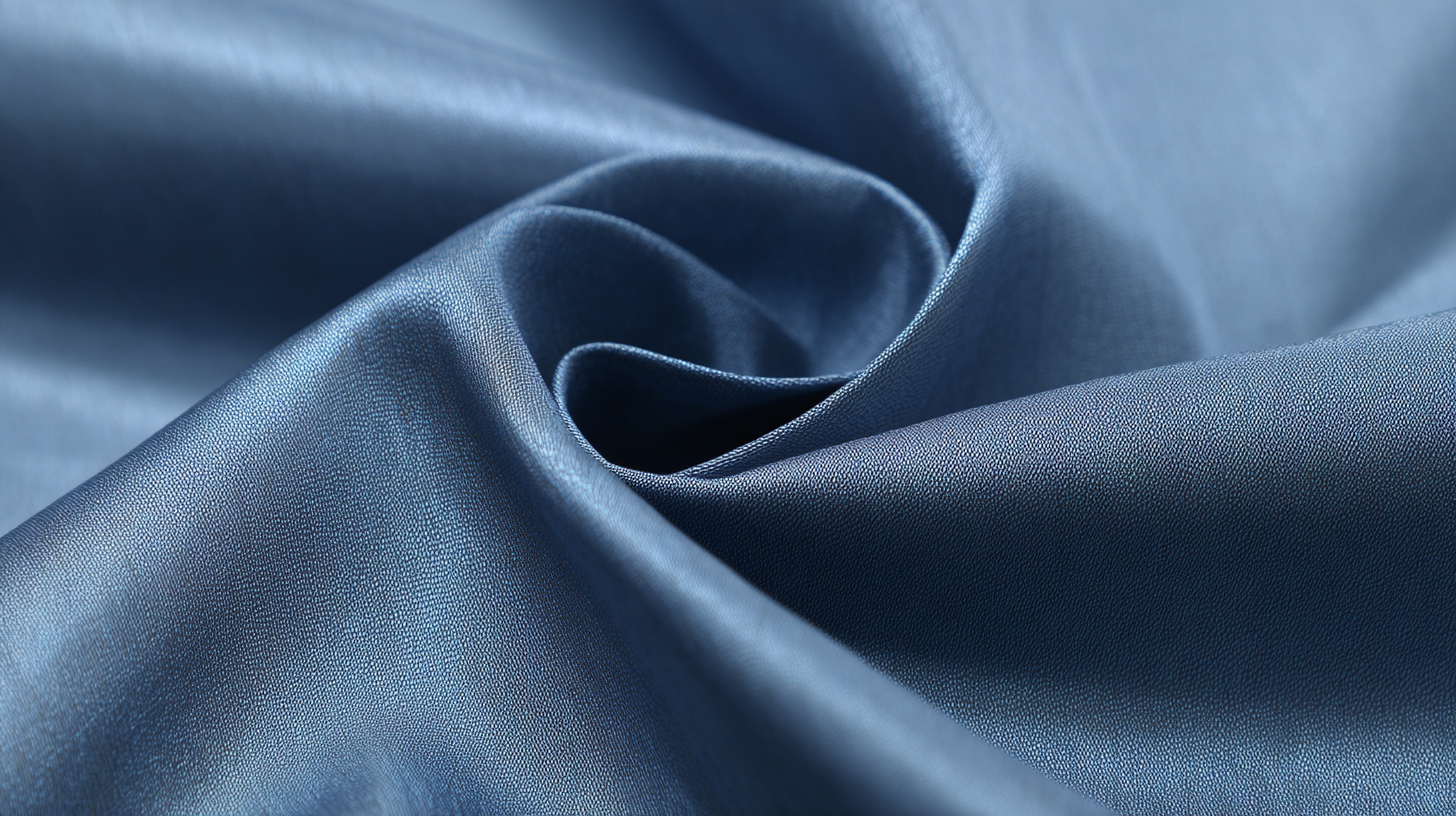 Rapid advancements in sustainable fashion have paved the way for innovative brands that are leading the charge in utilizing RPET fabric. RPET, or recycled polyethylene terephthalate, is derived from recycled plastic bottles, transforming waste into a resource. Brands like Reformation and Patagonia exemplify this movement, demonstrating how RPET fabric can be seamlessly integrated into stylish and eco-friendly designs. Reformation, for instance, has successfully launched a collection that utilizes RPET to create chic dresses and activewear, showcasing that sustainability does not compromise aesthetic appeal.
Rapid advancements in sustainable fashion have paved the way for innovative brands that are leading the charge in utilizing RPET fabric. RPET, or recycled polyethylene terephthalate, is derived from recycled plastic bottles, transforming waste into a resource. Brands like Reformation and Patagonia exemplify this movement, demonstrating how RPET fabric can be seamlessly integrated into stylish and eco-friendly designs. Reformation, for instance, has successfully launched a collection that utilizes RPET to create chic dresses and activewear, showcasing that sustainability does not compromise aesthetic appeal.
Additionally, smaller brands such as Girlfriend Collective are making significant strides in this arena. By incorporating RPET into their activewear, they not only contribute to waste reduction but also cater to a growing consumer base that values transparency and ethical practices. These pioneers are redefining industry standards, proving that sustainable fashion can be both fashionable and impactful. Through their commitment to quality and sustainability, these brands inspire others to adopt similar practices, further amplifying the message of eco-conscious fashion in the global marketplace.
